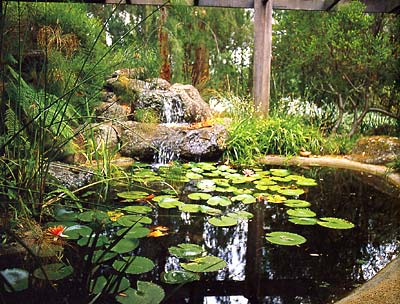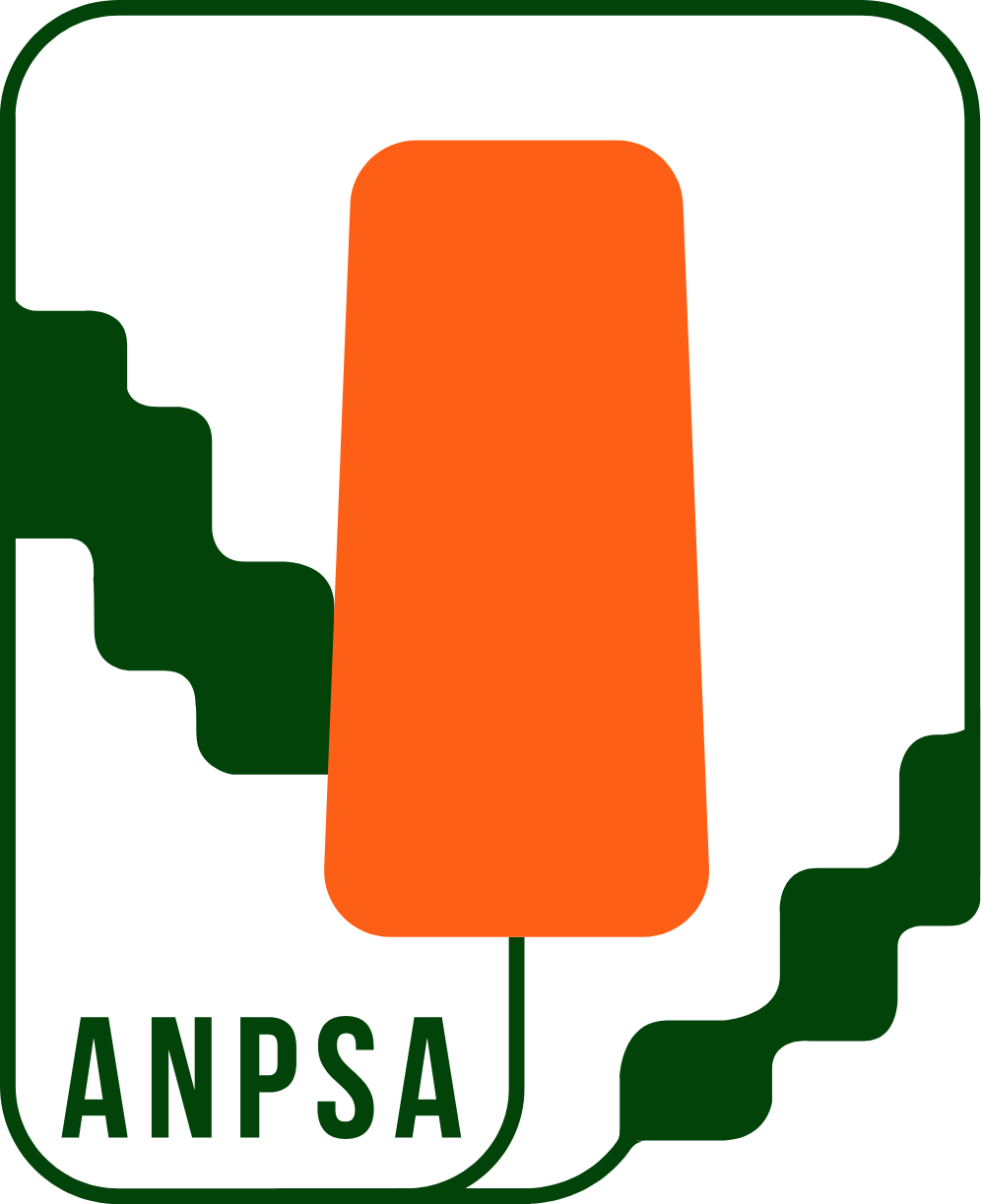Garden Design Study Group – Aims and Activities
Aims
 |
|
Adams’ garden, Victoria – designed by Gordon FordPhoto: Trisha Dixon |
- Carry out theoretical and practical investigation of garden design using Australian plants. This includes reading books and articles on garden design (with exotic plants as well as Australian plants), and having experienced speakers talk to us. We have tried to define styles of gardens to provide a reference framework for discussion and comparison. A vital aspect of practical investigation is the keeping of plans and written and photographic records of examples of good garden design. A number of garden design projects are underway.
- Develop resources for people who are interested in garden design with Australian plants. The resources would include the outcomes of our first aim. Cataloguing of records of gardens and slides, using a computer database, has already started and is a big job. In time we’d also like to establish a database of Australian plants with a focus on garden design.
- Encourage more successful use of Australian plants in gardens which the public can visit. This refers to both public and private gardens. We need a wide variety of good examples of different styles of garden, ideally in such schemes as the Australia’s Open Garden Scheme, to overcome many people’s negative view of straggly native gardens.
- Produce four newsletters a year and publish articles on garden design. Our initial aim was two newsletters a year but this has been doubled (and our newsletters are about 20 A4 pages in length). Some members also write articles for magazines and newspapers and give talks to ANPSA and other groups.
Some themes of interest
 |
|
Snape garden, VictoriaPhoto: Simon Griffiths |
- Trees for small gardens
- Water in the garden
- Low water requirement gardens
- Indigenous gardens
- Formal garden and plants
- Space in the garden
- ‘Australian wild flower’ gardens
- Plant combinations
- Large gardens
- Problems – such as planting under established trees
- Getting to know reliable plants – categories of one genus (eg. small eucalypts); genera (eg. banksias, hakeas, hibiscus); families (eg. daisies)
Study Group Activities
Our activities include:
- We produce four substantial newsletters each year and these depend on members’ contributions.
- Regular weekend meetings are held in Melbourne, North-east Victoria, Sydney and Canberra with exchange of ideas and active participation in discussions.
- We join in ANPSA (or other) garden visits with a new focus and make written and photographic records of gardens.
- Participation with other members in garden design workshops and projects.
- Occasional meetings with guest speakers.
- So ….. we can observe, read, write, think, talk, question, plan, design, experiment, garden, organize, record, photograph ……
 Australian Native Plants Society (Australia)
Australian Native Plants Society (Australia)